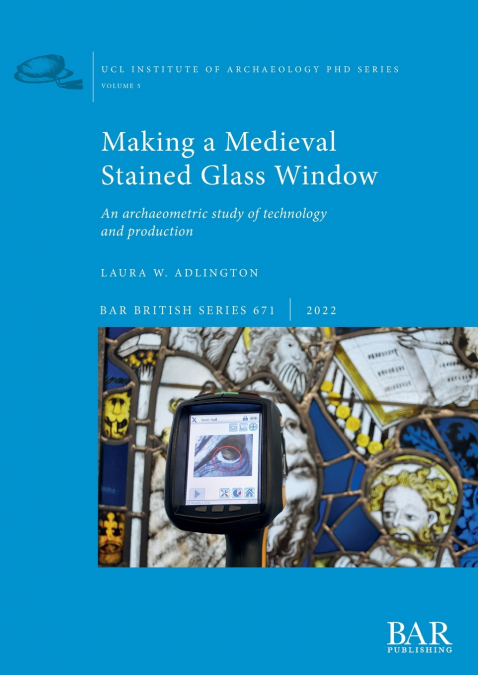
Laura W Adlington
Medieval stained glass windows are relatively untapped sources of information about medieval technology and production because their architectural context usually prohibits sampling for chemical analysis. This volume presents a comprehensive study of York Minster’s Great East Window (1405-1408), investigating glass-making technology and provenance, and glass-painting craft organisation. Chemical analysis relies upon established methods of elemental and isotope-ratio analysis and development of an in-situ technique, handheld/portable x-ray fluorescence (pXRF). The book also brings together historical documentation, art historical information, and meta-analysis of legacy data. Concepts borrowed from archaeological and pedagogical studies, including chaîne opèratoire, technological choice, apprenticeship and batch theory, and production models from the automobile industry, provide a new lens through which to interpret the data. Findings regard long-term relationships between York Minster and glass suppliers, the level of sophistication exhibited by medieval glassmakers, and detailed insights into the window workshop, including identification of work by different craftsmen.